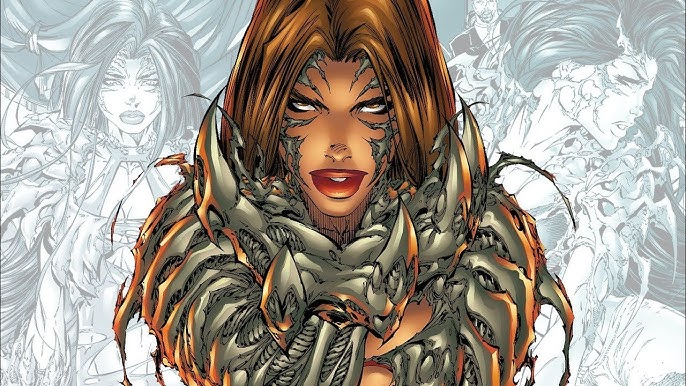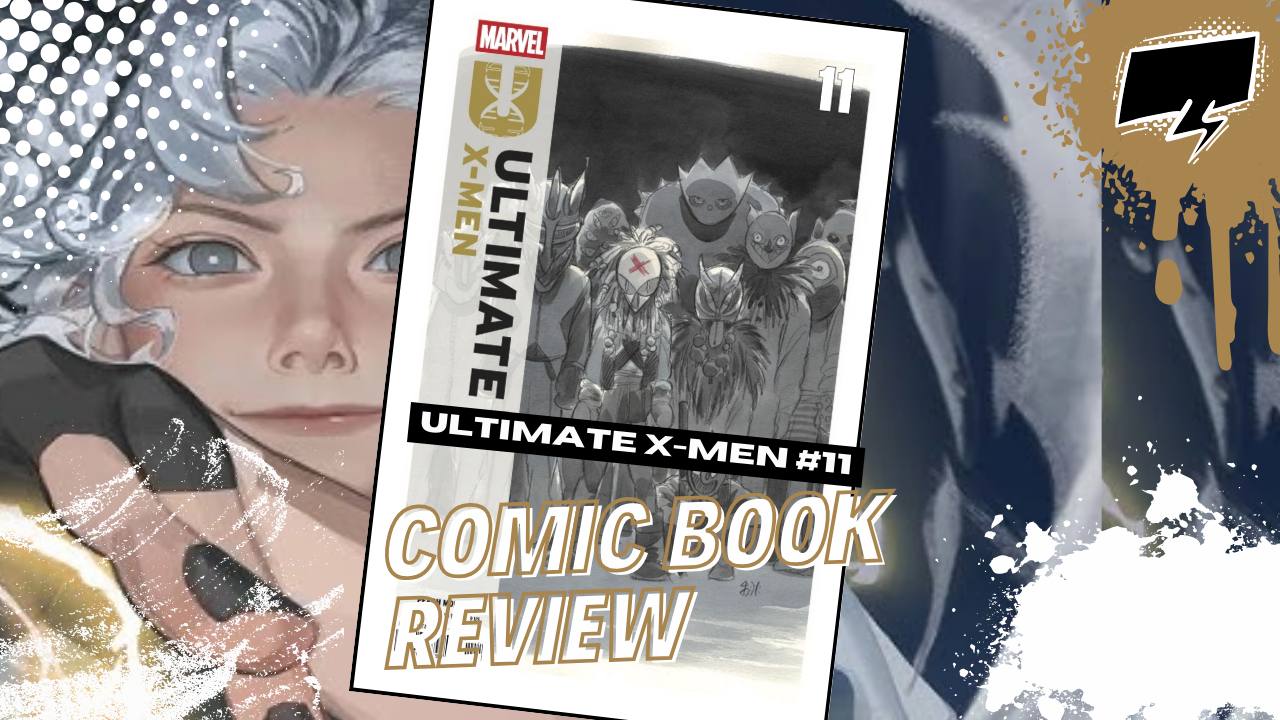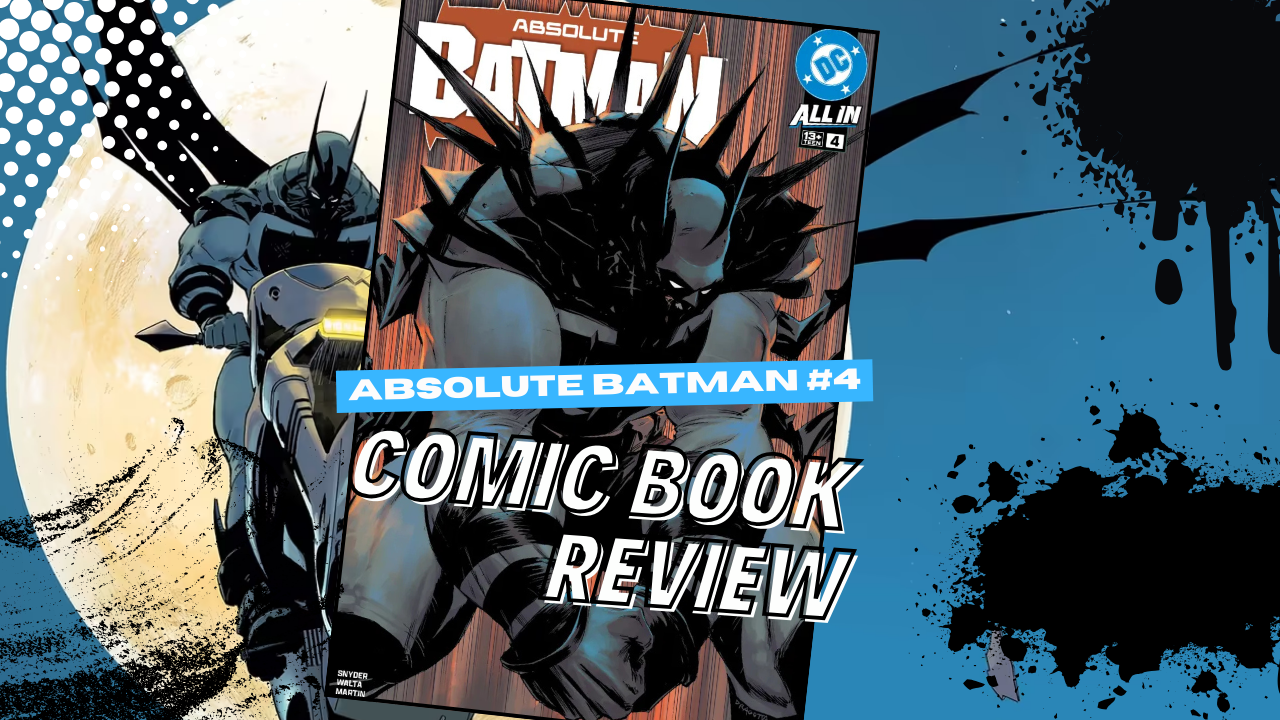Witchblade, a title from Top Cow Productions under the Image Comics banner, emerged in the mid-1990s as a groundbreaking series that captured the imaginations of comic book fans around the world. Combining elements of fantasy, horror, and action, it followed the story of Sara Pezzini, a New York police detective who becomes the bearer of a powerful artifact known as the Witchblade. This article explores the rise of Witchblade, its cultural impact, and the factors contributing to its decline.

Witchblade debuted in 1995, created by writer Marc Silvestri, along with co-writers Brian Haberlin and Michael Turner, and artist Turner himself. The concept revolves around Sara Pezzini, who discovers the Witchblade, a sentient weapon that grants her extraordinary abilities but also binds her to a long and complex legacy. The character of Sara Pezzini was designed to embody both strength and vulnerability, making her relatable to readers while also appealing to a more diverse audience.
The series quickly gained traction, driven by its innovative blend of superhero action and supernatural horror. The artwork, particularly Michael Turner’s dynamic and detailed style, captivated readers, while the storyline introduced compelling themes of power, responsibility, and the eternal struggle between good and evil. Within the first few issues, Witchblade sold out and quickly became one of the best-selling titles of the 1990s, establishing Top Cow as a significant player in the comic book industry.
Witchblade not only spawned a successful comic series but also led to the creation of a broader universe. The series was tied to other Top Cow titles, such as The Darkness, featuring Jackie Estacado, a mobster with his own supernatural powers. This shared universe allowed for crossovers and expanded storylines, further enhancing its popularity.
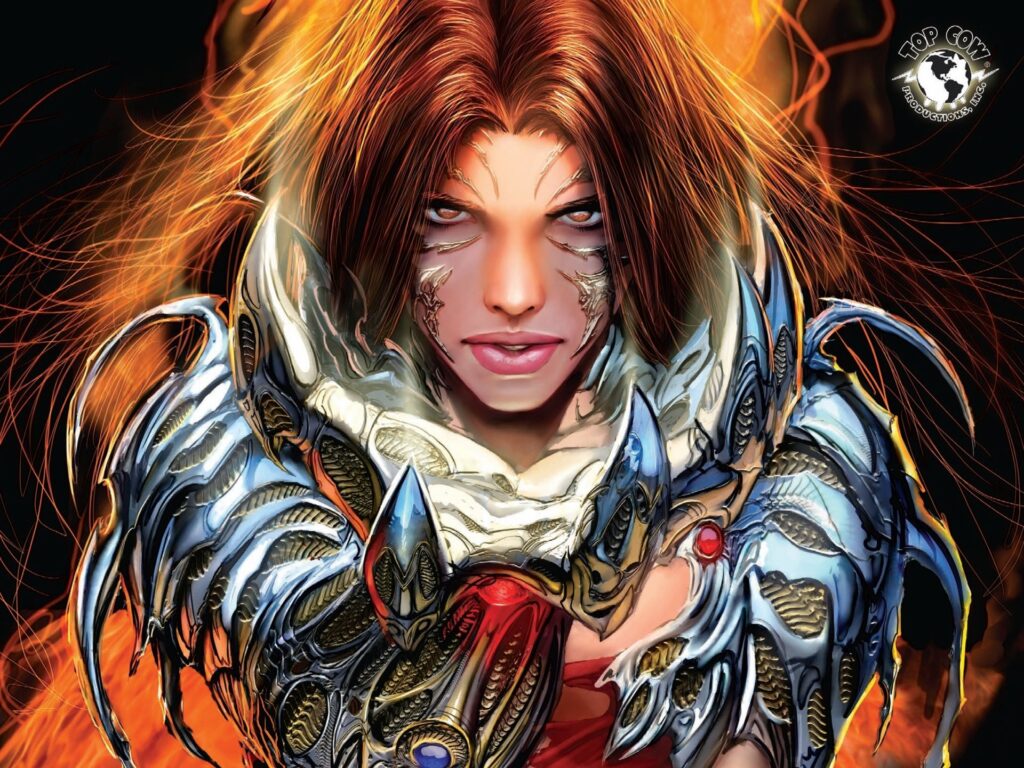
The success of Witchblade paved the way for various adaptations, including an animated series in 2006 and a live-action television show that aired from 2001 to 2002, starring Yancy Butler as Sara Pezzini. The TV series, while short-lived, garnered a cult following and introduced the character to a broader audience, increasing the franchise’s visibility.
As Witchblade continued to grow, so did its fan base. Cosplay at conventions, fan art, and merchandise like action figures and graphic novels became commonplace. The character of Sara Pezzini became a symbol of empowerment, particularly among female comic book readers, who resonated with her struggles and triumphs. The Witchblade logo became iconic, representing a blend of femininity and strength.
Despite its early success, the late 1990s and early 2000s saw the comic book market become increasingly saturated. While Witchblade had initially thrived, the influx of new titles and the market’s changing landscape led to declining sales. The series struggled to maintain the same level of interest, and with each passing issue, sales dipped.

As with many long-running series, Witchblade experienced changes in its creative team. While Marc Silvestri and Michael Turner had established a strong foundation, their departure led to a shift in tone and direction that alienated some long-time fans. New writers and artists attempted to reinvigorate the series, but the absence of the original creators’ vision led to inconsistencies that affected reader engagement.
Some of the story arcs in the later issues were met with mixed reactions. The introduction of new characters and subplots diverged from the core themes that had initially drawn readers in. Fans began to feel that the series was losing its identity, leading to a drop in loyalty and enthusiasm.
In an effort to breathe new life into the franchise, Top Cow launched several reboots and one-shots over the years. Notable among these was a 2004 series by writer Ron Marz and artist Stjepan Šejić. This iteration attempted to return to the series’ roots while introducing new elements and storylines. However, while it received some praise, it failed to capture the widespread attention of earlier issues.
In 2017, a new live-action adaptation was announced, reigniting interest in the franchise. However, as with previous adaptations, it faced numerous delays and uncertainty regarding its release. The lack of a definitive project further hindered any revival efforts, leaving fans craving a successful return to the Witchblade universe.
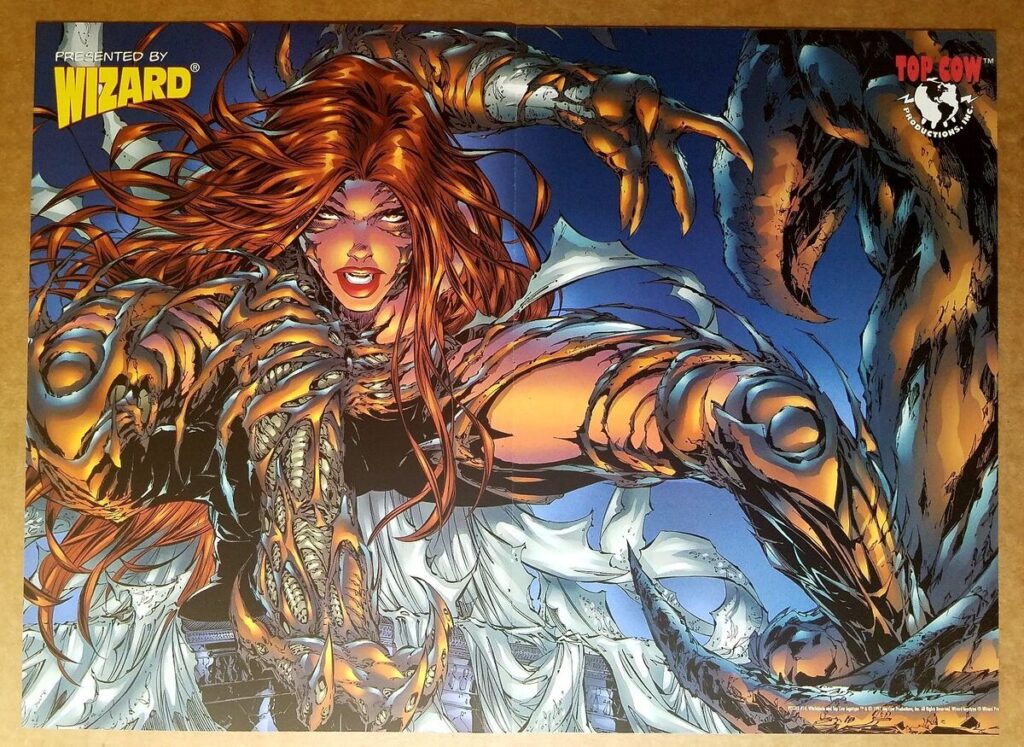
Witchblade remains a poignant example of how a title can rise to prominence and then face challenges in a changing market. Its initial success demonstrated the potential for comic books to explore complex themes and engage diverse audiences. The character of Sara Pezzini carved out a significant place in comic book history, representing strength and resilience.
Despite its fall from grace, Witchblade has not been forgotten. It retains a dedicated fan base and continues to be referenced in discussions about strong female characters in comics. While the franchise’s future remains uncertain, the legacy of Witchblade endures, reminding us of the impact a single character can have on the landscape of comic books. The story of Witchblade serves as a lesson in the cyclical nature of popularity in the comic industry, illustrating the importance of innovation and staying true to the essence of beloved characters.

